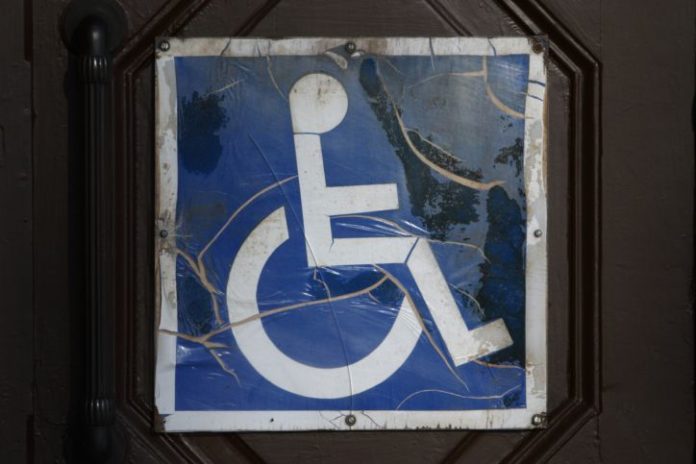Menstrual problems among adolescents with learning and physical disabilities are more common compared to the general population and there is no one-size fits all solution when managing the symptoms, says a new review published in The Obstetrician & Gynaecologist (TOG).
The review looks at the behavioural and emotional changes associated with menstruation in adolescents with learning and physical disabilities and examines the advantages and limitations of therapeutic and surgical options for managing menstrual problems.
Menstrual problems in girls with disabilities are often unique to the population and can cause significant disruption to their lives, states the review. Symptoms such as restlessness, aggression, hyperactivity, increased agitation and self-mutilation can be common. The review also highlights parental and carer concerns regarding menstrual management and hygiene, including vulnerability to sexual abuse and pregnancy, as well as inappropriate behaviour, especially if the adolescent is in residential care.
In addition, adolescents with disabilities are more likely to have menstrual problems than the general female population. Previous studies have shown that up to 18% of adult women with disabilities have premenstrual syndrome, compared with only 5% of the general female population. Women with epilepsy have a higher incidence of polycystic ovarian syndrome and hyperprolactinaemia and irregular bleeding is also more common in girls with Down’s syndrome as they have a higher incidence of thyroid disease.
The review also discusses the advantages and limitations of both therapeutic and surgical options as management options, including the combined oral contraceptive pill, the combined transdermal patch, the progestogen only pill and implanon. Surgical options including endometrial ablation and hysterectomy are also discussed.
Under most circumstances, menstrual problems can be successfully managed by medical treatments and permanent surgical procedures must only be considered as a last resort when symptoms and signs of menstruation are severe and medical management has failed, state the authors.
The review also emphasises that there is no one-size fits all solution and a multidisciplinary team is needed when treating adolescent girls with learning and physical disabilities.
Anne Garden, Consultant Gynaecologist and Head of Lancaster Medical School and co-author of the review said:
“Managing the menstrual problems of girls with disabilities represents a challenging medical dilemma, however, not all adolescents with disabilities will encounter problems.
“The decision of treatment has to rest on a multi-disciplinary team, alongside the girl and her parents or carers who should be given the opportunity to know available management options and the advantages and disadvantages of each.
“Healthcare professionals also play an important role in addressing concerns around the onset of menstruation, reassuring and discussing management options prior to menarche.”
TOG’s Editor-in-chief, Jason Waugh added:
“Research on managing the menstrual problems of adolescents with disabilities is limited; consequently there is a lack of evidence of best practice to guide healthcare professionals in this area.
“This review emphasises the need for further guidance for practitioners, as well as highlighting that care needs to be individualised.”
Source: Wiley




 (3 votes, average: 3.67 out of 5)
(3 votes, average: 3.67 out of 5) 






